Regulatory Support
Regulatory frameworks that support the use of biostimulants are likely to bolster the Humic Based Biostimulants Market. Governments in various regions are increasingly recognizing the benefits of biostimulants in promoting sustainable agriculture. This regulatory support may include the establishment of guidelines for the registration and use of humic-based products, thereby enhancing market confidence. For instance, the European Union has implemented regulations that facilitate the approval of biostimulants, which could lead to increased adoption among farmers. As a result, the market for humic-based biostimulants is expected to expand, driven by favorable policies that encourage the use of natural and organic inputs in agriculture.
Sustainability Initiatives
The increasing emphasis on sustainable agricultural practices appears to be a primary driver for the Humic Based Biostimulants Market. Farmers and agricultural stakeholders are increasingly seeking eco-friendly solutions to enhance soil health and crop productivity. Humic substances, derived from organic matter, contribute to soil fertility and structure, thereby promoting sustainable farming. According to recent data, the market for biostimulants, including humic-based products, is projected to grow at a compound annual growth rate of approximately 12% over the next five years. This growth is indicative of a broader trend towards sustainable agriculture, where humic-based biostimulants play a crucial role in reducing chemical inputs and improving environmental outcomes.
Increased Awareness and Education
The rising awareness and education regarding the benefits of humic-based products are likely to drive the Humic Based Biostimulants Market. Educational initiatives aimed at farmers and agricultural professionals are helping to disseminate knowledge about the advantages of using humic substances in crop production. Workshops, seminars, and online resources are becoming more prevalent, fostering a better understanding of how humic-based biostimulants can improve soil health and crop performance. This increased awareness is expected to lead to higher adoption rates among farmers, as they recognize the potential benefits of incorporating humic-based products into their agricultural practices.
Rising Demand for Organic Produce
The growing consumer preference for organic produce is influencing the Humic Based Biostimulants Market. As consumers become more health-conscious, the demand for organic fruits and vegetables continues to rise. Humic-based biostimulants are recognized for their ability to enhance the quality and yield of organic crops, making them an attractive option for organic farmers. Market data indicates that the organic food sector is experiencing robust growth, with projections suggesting a market size increase of over 10% annually. This trend is likely to drive the adoption of humic-based biostimulants, as farmers seek to meet the rising demand for organic products while maintaining soil health and fertility.
Technological Advancements in Agriculture
Technological innovations in agriculture are contributing to the growth of the Humic Based Biostimulants Market. The integration of advanced technologies, such as precision agriculture and data analytics, allows farmers to optimize the application of humic-based products. These technologies enable more efficient use of resources, leading to improved crop yields and reduced environmental impact. Furthermore, the development of new formulations and delivery methods for humic substances enhances their effectiveness. As farmers increasingly adopt these technologies, the demand for humic-based biostimulants is expected to rise, reflecting a shift towards more efficient and sustainable agricultural practices.
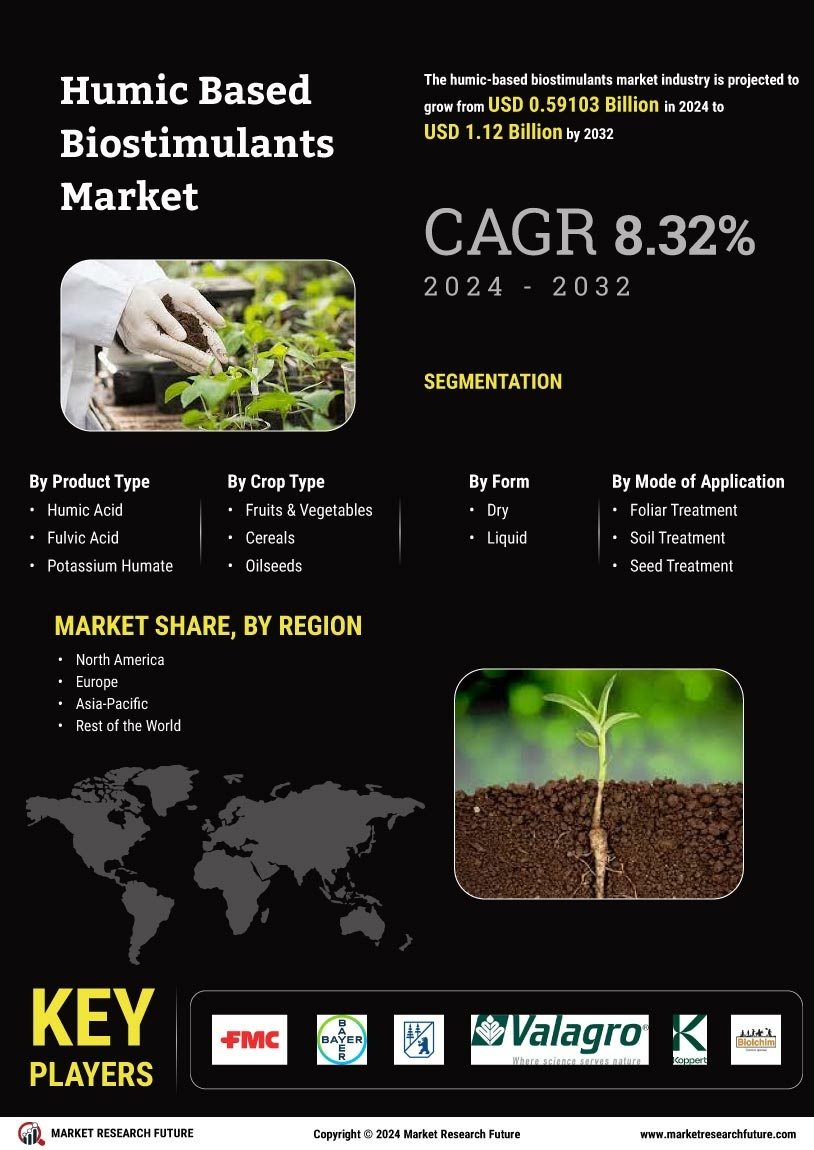

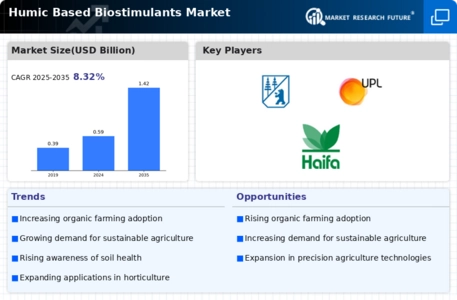
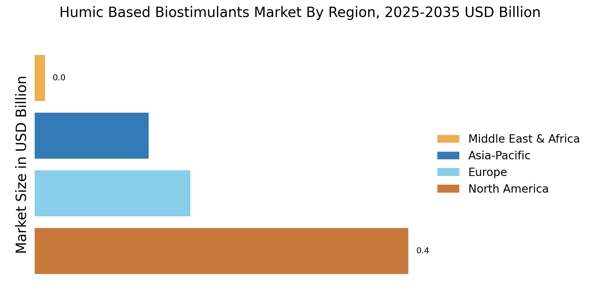

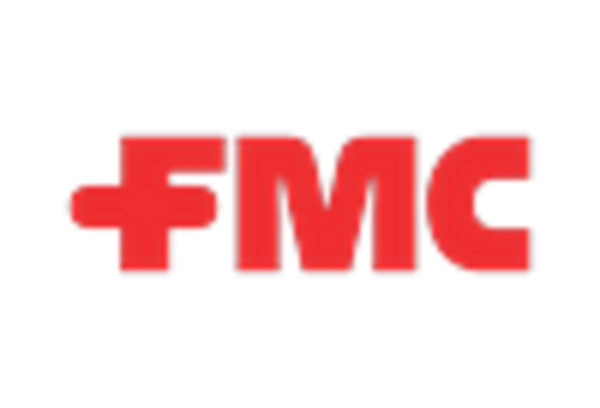
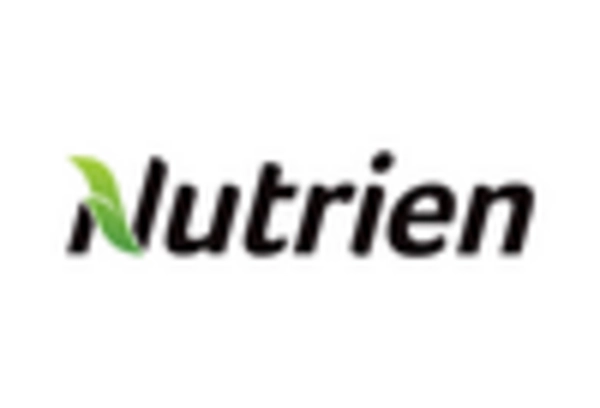

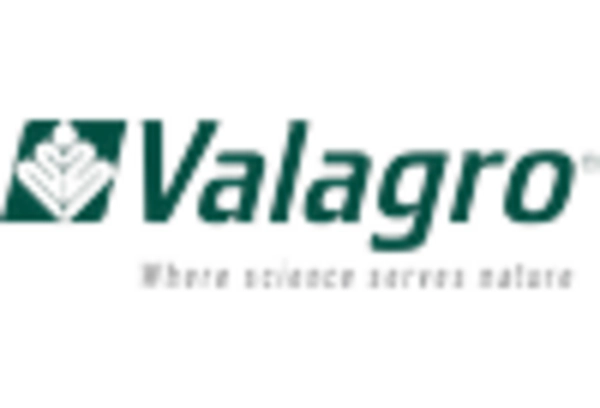









Leave a Comment